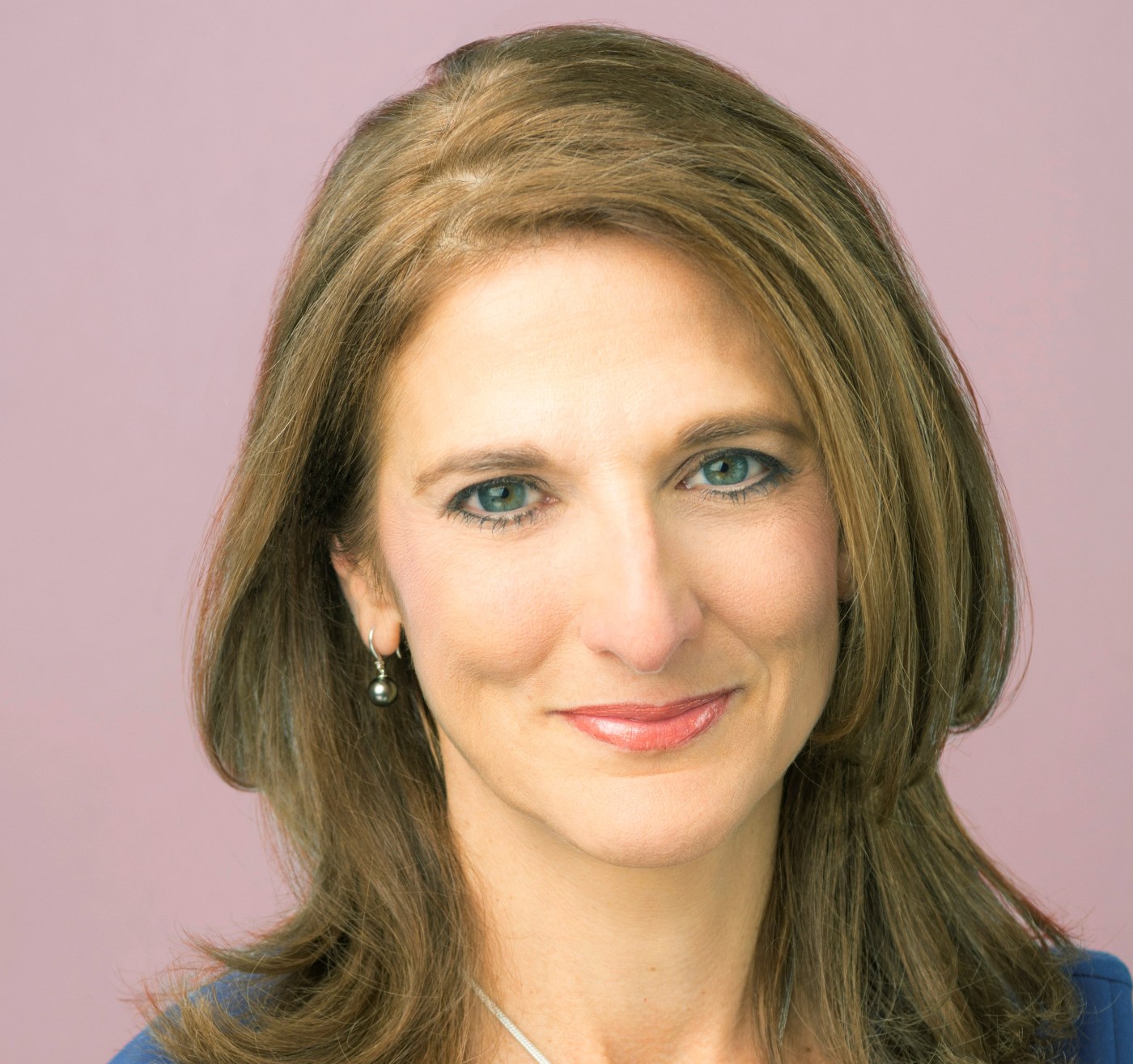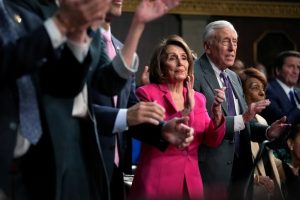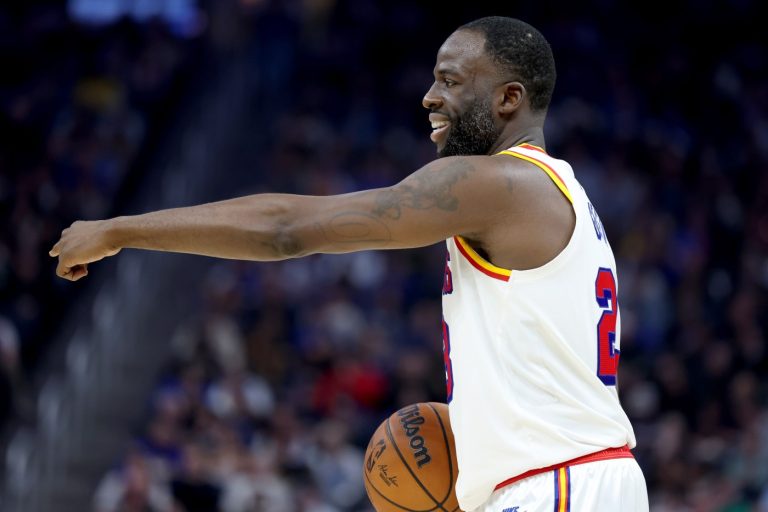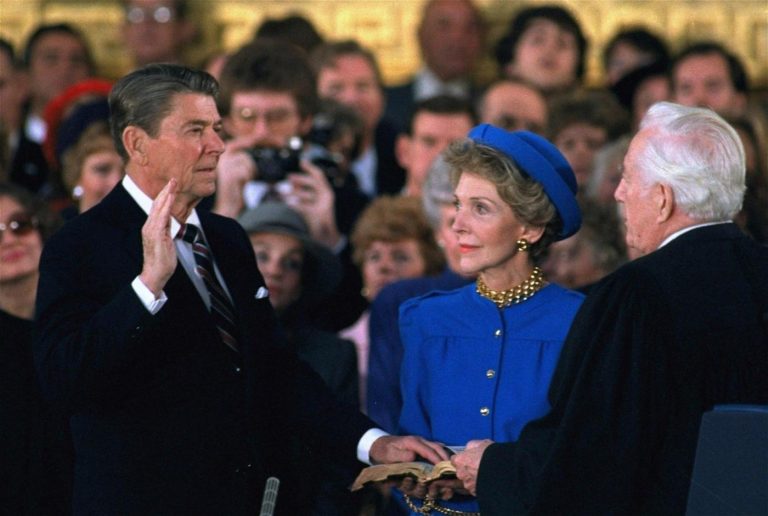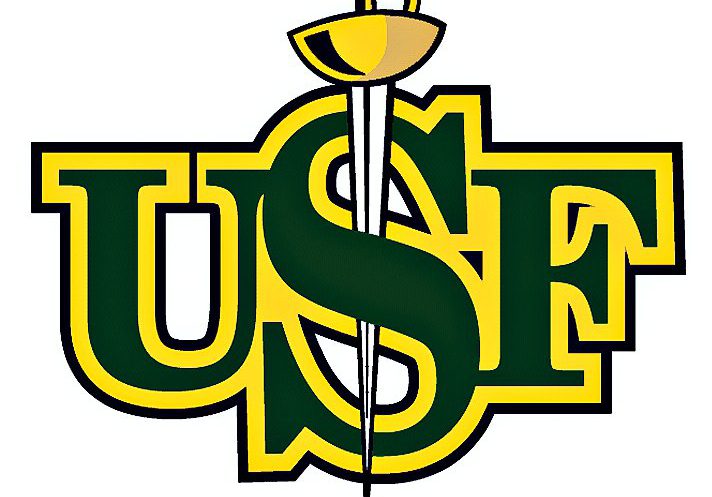When the government released the June Consumer Price Index, there was a sigh of relief among economists.
Related Articles
More states enact salary transparency laws to fight gender, racial pay gaps
‘A bottomless pit’: How out-of-pocket TMJ costs drive patients into debt
Keeping up with the Joneses: What it might be costing Americans
Amazon’s Prime Day brings record sales again as shoppers hunt for deals
What’s the cheapest Hawaiian island to visit?
The overall CPI rate actually slid by 0.1 percent in June from May. For the 12 months through June, CPI increased by 3% and the core rate, which strips out food and energy, was up 3.3%, the smallest 12-month increase since April 2021.
Let’s underscore something: Inflation refers to the rate of change in prices. When the economy grows, we always expect some inflation.
In the decade before the pandemic, prices rose by about 2% every year, which coincidentally, is the Federal Reserve’s target for inflation. Two percent is the Fed’s guesstimate of where it thinks the economy can operate at a pace that is strong enough to create jobs, not too hot to foster inflation, and high enough that if conditions sour, they have room to cut.
Given the past few years, 2-percent inflation seems quaint. When COVID lockdowns were lifted, supply chains were constrained, just as people were ready to go out and spend their COVID relief dollars.
As a result, prices soared, and the inflation rate peaked at 9.1% two years ago. Now that rate has dropped to 3%, which is great, but it does not mean that prices have dropped by 6.1%. It means that the overall rate of price increases is slowing down, a condition that economists call “disinflation.”
Unfortunately, prices are almost 23% higher than they were 5 years ago. According to the Public Policy Institute of California, had the economy been operating at the pre-COVID 2% inflation rate, prices would be just 11% higher than they were five years ago.
I know you want prices to fall (that’s called deflation), but that usually does not happen to the overall inflation rate unless there is a major economic slowdown or a recession, something we should be rooting against.
While the inflation rate is moving in the right direction, it has not receded to the point where the Fed is going to cut rates at its next policy meeting later this month. If the data continue to show improvement this summer, the central bank could be eyeballing the September meeting for the first cut.
Until then, refresh some tried and true inflation-coping basics. Start by tracking your spending. Although the little things can add up, pay close attention to the biggest categories, which are housing, transportation (including gas) and food.
It doesn’t matter how you keep track – old school pen and paper, spreadsheets, or apps, just do it for 90 days and you may find places to trim.
You may also want to think about firing up a side hustle. A recent Bankrate survey found that 36% of side hustlers use their extra income to pay for regular living expenses, like rent and groceries.
“The average side hustlers say they make $891 on average per month in extra income aside from their main source of income, up from $810 in 2023.” Not surprisingly, more than half of respondents have been making money on the side for two years or less, just as the inflation rate was peaking.
Bringing in extra income will hopefully prevent you from going into debt. After plowing through pandemic savings, many have turned to credit cards to meet their needs.
Households increased their revolving credit (a category comprised mostly of credit cards) by a 6.3% annual rate in May, bringing the total to over $1.3 trillion. With interest rates high, that means anyone carrying a balance is paying an average of over 22% on that debt. Ouch.
Related Articles
Here’s how technology’s tumble cooled California’s growth
Why Delta is still canceling flights as other airlines return to normal
Travel Troubleshooter: A booking error leads to a nonrefundable hotel room, or does it?
Obituary: Pioneering FBI agent battled Silicon Valley tech crime in chip-theft heyday
Victims strike back against alleged California serial stalker who tormented them with threats, profanity, slurs
Jill Schlesinger, CFP, is a CBS News business analyst. A former options trader and CIO of an investment advisory firm, she welcomes comments and questions at askjill@jillonmoney.com. Check her website at www.jillonmoney.com.
